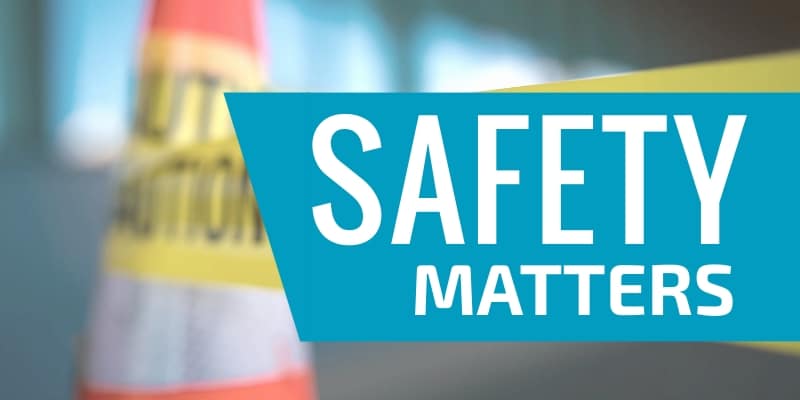16 Apr The Benefits of Providing Accident Insurance
[wpseo_breadcrumb]
Accidents can happen to anyone—and the reality is that accidents do happen. In fact, more than 80 million people in the United States seek medical treatment for injuries each year.
This article provides an overview of accident insurance and reasons why many employers are offering this voluntary benefit to employees.


 For a growing number of employers, voluntary accident insurance plans may play a part in rounding out employee benefits packages to help employees pay for unexpected costs.
For a growing number of employers, voluntary accident insurance plans may play a part in rounding out employee benefits packages to help employees pay for unexpected costs. According to the Occupational Safety and Health Administration (OSHA), falls from elevation account for the majority of fatalities within the construction industry—with over 300 fatal falls occurring each year.
According to the Occupational Safety and Health Administration (OSHA), falls from elevation account for the majority of fatalities within the construction industry—with over 300 fatal falls occurring each year. The type of sprinkler system that best suits your commercial property should be determined by your operations, building characteristics and fire protection needs.
The type of sprinkler system that best suits your commercial property should be determined by your operations, building characteristics and fire protection needs. At the end of March 2021, President Joe Biden
At the end of March 2021, President Joe Biden